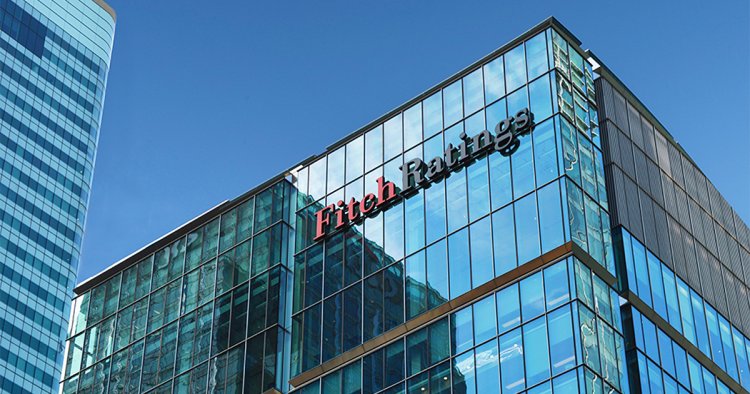Fitch Ratings releases report on Indian CV Industry
India's wholesale volume of commercial vehicles increased from 569 thousand units in FY20 to around 962 thousand units in FY23.

Mumbai- Fitch Ratings Inc., an American credit rating agency has released its research on the Indian CV Industry. The research states that the commercial vehicle sales volume growth in India would slow to low-to-mid single digits as increased ownership costs, more stringent regulations, and high inflation and borrowing rates influence consumer preferences. This is in spite of the demand being supported by favorable underlying trends and comes after a strong 34% rise in the fiscal year ending March 2023 (FY23).
According to the Society of Indian Automobile Manufacturers, India's wholesale volume of commercial vehicles increased from 569 thousand units in FY20 to around 962 thousand units in FY23. This indicates a good recovery after the Covid-19 pandemic compounded numerous hurdles influencing demand and brought it close to the previous cycle peak of almost one million units in FY19. These included lower finance availability since 2018 and higher vehicle costs as a result of the adoption of the stricter BS6 emission criteria in April 2020. Excess systemwide capacity as a result of an upward modification in axle-load norms.
The wholesale volume of commercial vehicles fell by 3.3% year over year in 2Q23, the first yoy decrease since 4Q20. Pre-purchasing ahead of price increases and problems with car supply in the early months following the adoption of BS6 phase 2 norms contributed to the reduction. However, volume increase in the following months has been somewhat subdued, especially in retail sales. According to the Federation of Automobile Dealers Associations, the volume of retail commercial vehicles increased by 3% yoy in August 2023 and by 2% yoy in July 2023.
Despite the decrease, India's consistent GDP growth and strong infrastructure spending could support the expansion of commercial vehicle sales volume. After years of postponed purchases, replacement demand should also continue because newer cars offer higher productivity. Due to India's expanding infrastructure initiatives and light commercial vehicles' susceptibility to potentially weaker rural demand due to irregular rainfall, we anticipate a faster volume for medium and heavy commercial vehicles than for light commercial vehicles.


